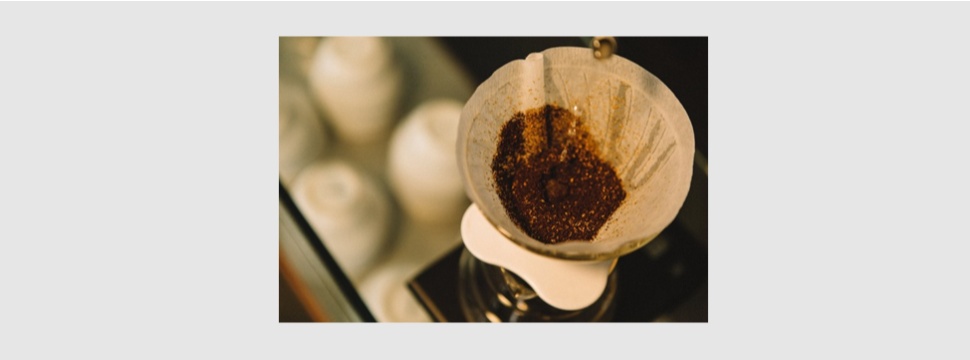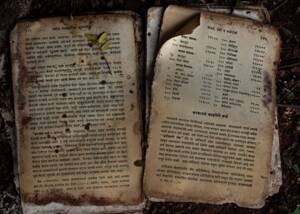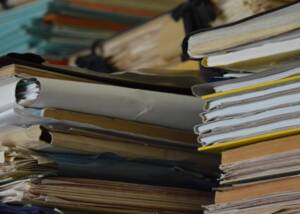The coffee filter made of paper was invented by a woman
News News blog
Originally, coffee was prepared by boiling the powder together with the water. The coffee was then poured through a sieve to retain the coffee grounds. This method was cumbersome, and in addition, bitter substances dissolved from the powder over time, so that the coffee could not be kept longer or boiled again.

In the 18th century, a method of making coffee emerged that separated the water and powder during the boiling process. To do this, a filter made of linen or blotting paper was placed in a funnel into which coffee powder was poured. Water was poured over it and collected in a pot, while the powder remained in the filter. There were also cloth bags, called tea socks or tea stockings, which were then washed out for reuse.
A variety of permanent filters emerged, i.e. water containers with a perforated bottom that acted as a sieve. At the beginning of the 20th century, pointed funnels made of metal or porcelain appeared, which also served as a strainer.
In 1908, the housewife Melitta Bentz developed a filter made of paper. In the same year, the Melitta company then also produced disposable filters made of filter paper with the matching filter holders. Until 1934, they were made of aluminium or enamelled sheet metal, then later of porcelain or ceramic.
Disposable filters are made of filter paper, inserted into a filter holder and thrown away after a single use. The pores formed by the mesh of cellulose fibres are smaller than 10 μm. They can filter finer ground powder than permanent filters.
The word "Filtertüte®" ("filter bag" in English) is a registered trademark of the Melitta company; other manufacturers therefore refer to their products as filter paper, coffee filters, etc.










